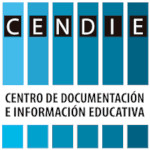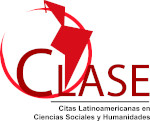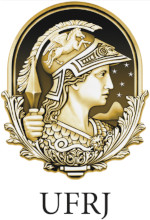The importance of measuring and analyzing ROI on human capital and its influence on investment decisions
DOI:
https://doi.org/10.26849/bts.v47i1.844Keywords:
ROI, Capital humano, Capital intelectualAbstract
Há muito as áreas de recursos humanos (RH) buscam ser reconhecidas pelo valor que agregam à estratégia das organizações. Atualmente já é possível ver alguns casos de sucesso em que o RH compõe um dos braços principais do staff de decisão nas empresas. Mas isso nem sempre foi assim, e para algumas organizações ainda não é. Por mais que o cenário atual se mostre mais promissor do que há alguns anos, o fato é que um longo caminho precisa ser percorrido para que as ações relacionadas ao desenvolvimento de pessoas sejam consideradas uma importante estratégia de negócio, capaz de alavancar significativamente as decisões de investimento. Aliar a contribuição das teorias focadas no estudo de pessoas, capital e trabalho foi um fator preponderante para o resultado deste artigo, cujo objetivo é demonstrar a importância de medir o retorno do investimento efetuado em pessoas e evidenciar como esse elemento gera valor para a organização.
Downloads
References
ASSAF NETO, Alexandre. Finanças corporativas e valor. 7.ed. São Paulo: Atlas, 2014.
DAVENPORT, Thomas O. Capital humano: o que é e por que as pessoas investem nele? São Paulo: Nobel, 2001.
FITZ-ENZ, Jac. Retorno do investimento em capital humano. São Paulo: Makroon Books, 2001.
FRIEDMAN, Brian; HATCH, James; WALKER, David M. Capital humano: como atrair, gerenciar e manter funcionários eficientes. São Paulo: Editora Futura, 2000.
INTERNATIONAL ACCOUNTING STANDARDS COMMITTEE. Framework for the preparation and presentation of financial statements. In: INTERNATIONAL ACCOUNTING STANDARDS, 1996, London. Annals […] London, IASC, 1996. p. 35-71.
MARION, José Carlos. Contabilidade empresarial. 5. ed. São Paulo, Atlas, 1995.
PACHECO, Vicente. A contabilidade de recursos humanos e o capital intelectual das organizações. Curitiba, Biblioteca do CRC/PR, 2002.
PALMEIRA, C. G. ROI de treinamento: dicas de como mensurar o resultado financeiro das suas ações de treinamento. Rio de Janeiro, Qualitymark, 2004.
SVEIBY, Karl Erik. A nova riqueza das organizações. Tradução de Luis Euclydes Trindade Frazão Filho. Rio de Janeiro, Campus, 1998.
TOYAMA, L.; BLANCO, M. O valor do que não se vê. Revista Canal RH, São Paulo, n. 49, nov. 2005.
Downloads
Published
How to Cite
Issue
Section
License
Commitment to the Provision of Creative Commons Licensing
The Senac Journal of Education and Work is per the BY NC license, free of charge and with no commercial purpose.
In submitting their work for evaluation, the authors undertake to make their work available through the Creative Commons-BY NC license at the website <https://br.creativecommons.org>, thus dispensing with the need for signing any other document or contract with Senac to regulate the availability of their works in the Senac Journal of Education and Work.
The author (s) further declare that they recognize the Senac Journal of Education and Work as an open access journal, whose Policies and Authors Guidelines are available to know on its official website, namely - www.bts .senac.br - and that they can be modified at any time, and immediately any new condition published online.
The names and addresses informed in this journal will be used exclusively for the services provided by this publication and are not available for other purposes or to third parties.




















